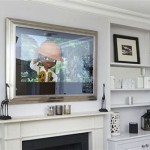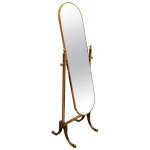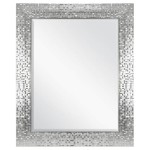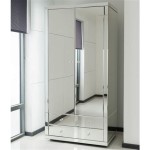Screen Mirroring Samsung TV iPad Air 2
Screen mirroring allows users to display the content of an iPad Air 2 on a Samsung TV. This functionality provides a larger viewing experience for various activities, including watching videos, browsing photos, playing games, and presenting presentations. Several methods facilitate this connection, each with its advantages and limitations.
AirPlay 2 Mirroring
AirPlay 2 offers a convenient wireless method for mirroring an iPad Air 2 to compatible Samsung TVs. This technology streams content directly over the Wi-Fi network, requiring no additional hardware or cables. Users can identify AirPlay 2 compatibility by checking the TV's specifications or looking for the AirPlay logo. To initiate mirroring, users swipe down from the top right corner of the iPad Air 2 screen to access Control Center. Tapping the "Screen Mirroring" icon reveals a list of available devices. Selecting the Samsung TV initiates the mirroring process.
AirPlay 2 offers high-quality streaming for video and audio content. However, network congestion or interference can sometimes affect performance. Ensuring both the iPad Air 2 and the Samsung TV are connected to the same strong Wi-Fi network is crucial for optimal performance. Additionally, older Samsung TV models may not support AirPlay 2. Checking the TV's specifications or the manufacturer's website can confirm compatibility.
Third-Party Apps for Screen Mirroring
Several third-party apps available on the App Store facilitate screen mirroring from an iPad Air 2 to a Samsung TV. These apps typically utilize technologies like DLNA or their own proprietary protocols to establish a connection. Examples include Mirror for Samsung TV and ApowerMirror. Users download and install the chosen app on the iPad Air 2 and, depending on the app's functionality, may require installing corresponding software on the Samsung TV or ensuring the TV supports the app's streaming protocols.
Third-party apps can offer broader compatibility with older Samsung TV models that don't support AirPlay 2 natively. However, the quality of mirroring can vary depending on the app and network conditions. Some apps might introduce latency or reduced video resolution. It's often recommended to test different apps to find one that provides optimal performance for the specific TV model and network setup.
HDMI Adapters and Cables
A wired connection using an HDMI adapter and cable offers a reliable alternative to wireless mirroring. Users require a Lightning to Digital AV Adapter, which connects to the iPad Air 2's charging port. An HDMI cable then connects the adapter to an available HDMI port on the Samsung TV. Selecting the correct HDMI input on the TV will display the iPad Air 2's screen.
Wired HDMI connections generally offer the lowest latency and highest video quality, making them suitable for activities like gaming or watching high-resolution videos. This method eliminates the potential for network-related issues that can affect wireless mirroring. However, it introduces a physical cable connection, which might be less convenient for some users. The length of the HDMI cable can also be a limiting factor.
Troubleshooting Common Screen Mirroring Issues
Several factors can occasionally disrupt screen mirroring functionality. If mirroring fails to initiate, users should first ensure both the iPad Air 2 and the Samsung TV are connected to the same Wi-Fi network (for wireless methods). Restarting both devices can sometimes resolve temporary software glitches. Verifying that the TV's firmware and the mirroring app (if applicable) are up-to-date is also recommended. For wired connections, checking the integrity of the HDMI cable and adapter is essential.
Network congestion can also impact mirroring quality. Reducing the number of devices connected to the Wi-Fi network or connecting the TV directly to the router via Ethernet can improve performance. If issues persist, consulting the Samsung TV's manual or contacting Samsung support might provide further assistance.
Factors Affecting Mirroring Performance
The performance of screen mirroring, particularly with wireless methods, depends on several factors. Network bandwidth plays a crucial role. A fast and stable Wi-Fi network with minimal interference is essential for a smooth experience. The distance between the iPad Air 2 and the Samsung TV can also affect performance. Obstacles like walls can weaken the wireless signal. The iPad Air 2's processing power also plays a role, particularly when mirroring demanding applications or games.
The Samsung TV's capabilities, such as its processor and Wi-Fi receiver, also influence mirroring quality. Higher-end models generally offer better performance. The chosen mirroring method also contributes to overall performance. Wired HDMI connections typically provide the most stable and highest-quality mirroring, followed by AirPlay 2, and lastly, third-party apps, which can vary significantly in performance.

How To Screen Mirror Ipad Samsung Tv Full Guide

How To Mirror Ipad Samsung Smart Tv

How To Mirror An Ipad A Samsung Tv

How To Connect An Ipad A Tv Or Display Airplay Adapter

How To Mirror Ipad Samsung Smart Tv

How To Screen Mirror Ipad Mini 2024 Model With Samsung Smart Tv

How To Mirror Ipad Iphone Samsung Tv

How To Mirror An Ipad A Samsung Tv

Top 4 Methods To Mirror Ipad Samsung Tv

How To Mirror An Ipad A Samsung Tv








